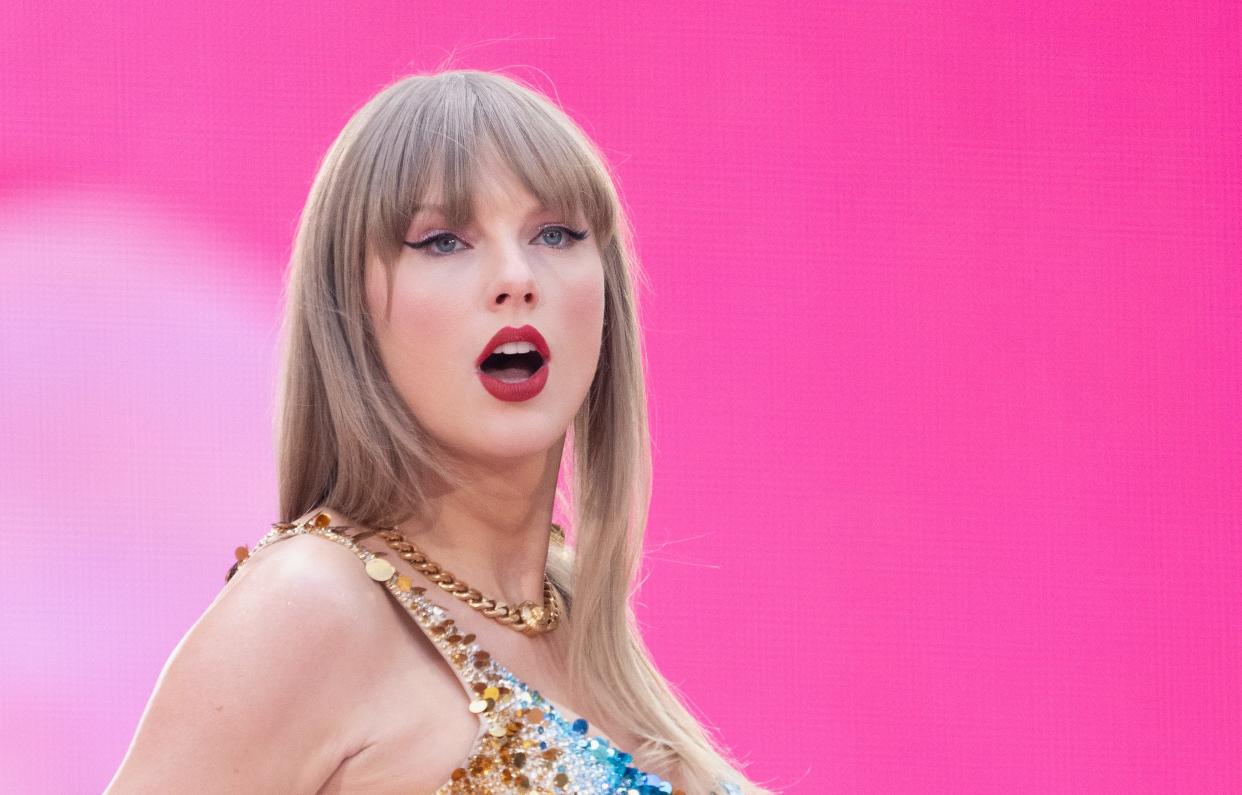Prince William’s Dance Moves at the Concert: Prince William Dancing At Concert

Prince William’s presence at the concert was significant because it demonstrated his support for the arts and his willingness to engage with the public in a relaxed and informal setting. He was accompanied by his wife, Kate Middleton, and they both appeared to be enjoying the performance.
Prince William’s dance style was relaxed and casual, and he appeared to be having a lot of fun. He swayed his hips, clapped his hands, and even did a few twirls. His dance moves were not particularly complex, but they were energetic and enthusiastic.
Specific Dance Moves
Some of the specific dance moves that Prince William performed included:
- Swaying his hips from side to side
- Clapping his hands in time to the music
- Doing a few twirls
- Raising his arms in the air
- Stomping his feet
Audience Reactions to Prince William’s Dancing
Prince William’s surprising dance moves at the concert sparked a range of reactions from the audience. Concert attendees expressed their delight and amusement, with many capturing the moment on their phones and sharing it on social media.
Social Media Buzz
The hashtag #PrinceWilliamDancing quickly gained traction on social media, with users sharing videos and GIFs of the royal’s performance. Many commented on his infectious energy and enthusiasm, praising him for embracing the moment and not taking himself too seriously.
Impact on Concert Atmosphere
Prince William’s dance moves had a noticeable impact on the overall atmosphere of the concert. The crowd’s excitement and laughter created a sense of camaraderie and made the event even more memorable. His performance set the tone for a night of fun and celebration, further enhancing the enjoyment of the audience.
Cultural and Historical Context

Prince william dancing at concert – Prince William’s dance performance at the concert garnered attention for its casual and uninhibited nature, which set it apart from previous royal dance moments. In the past, royal dances were highly formal and choreographed, reflecting the strict etiquette and decorum expected of the monarchy.
Comparison to Other Notable Royal Dance Moments
Queen Elizabeth II’s dance with Ghanaian President Kwame Nkrumah in 1961 is often cited as an iconic royal dance moment. The dance was a symbol of the changing relationship between Britain and its former colonies, and it demonstrated the Queen’s ability to connect with people from all walks of life.
Prince Charles’s dance with Princess Diana at their wedding in 1981 was another memorable royal dance moment. The dance was a romantic and joyous occasion, and it captured the hearts of millions around the world.
Prince William’s dance performance at the concert was different from these previous royal dance moments in that it was more relaxed and informal. William danced with abandon, and he clearly enjoyed himself. This performance reflected the changing attitudes towards the monarchy, which is becoming more approachable and relatable.
Cultural Significance of Dancing in the British Royal Family
Dancing has always played an important role in the British royal family. In the past, dancing was a way for royals to socialize and connect with each other. It was also a way to display their wealth and power.
Today, dancing is still an important part of royal life. Royals often dance at weddings, parties, and other social events. Dancing is also a way for royals to connect with the public and show their human side.
Historical Evolution of Royal Dance Protocols and Etiquette, Prince william dancing at concert
The protocols and etiquette surrounding royal dance have evolved over time. In the past, royals were expected to dance in a formal and dignified manner. Today, royals are more relaxed and informal when they dance. This reflects the changing attitudes towards the monarchy, which is becoming more approachable and relatable.
